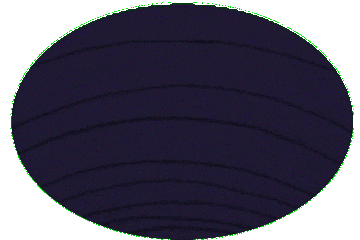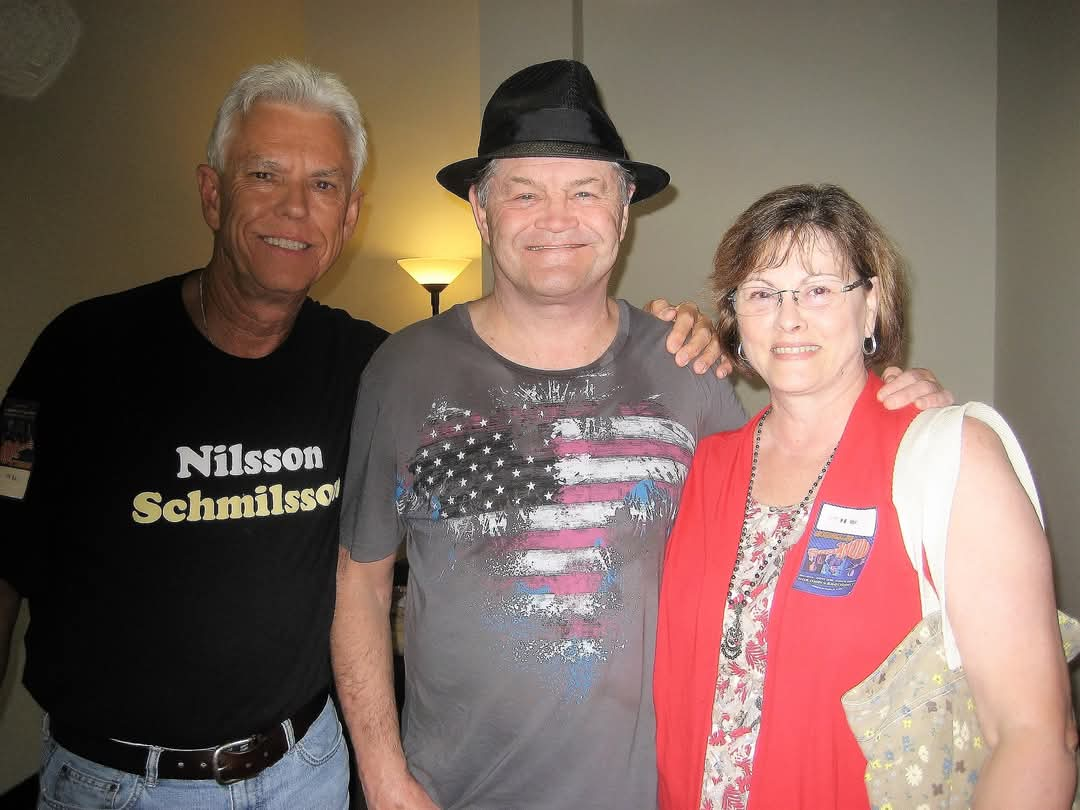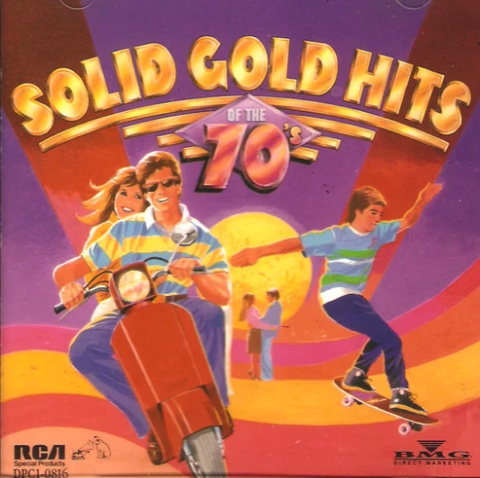Welcome to the Harry Nilsson Web Pages
This site is dedicated to the music and memory of
Harry Nilsson. From the late 1960s through the early '90s, Nilsson produced music that both challenged norms and celebrated the past - often within the same song.
On first listen, his early
Pandemonium Shadow Show is just an appealing collection of bouncy pop songs, a product of the time when it was released. But, on closer listen songs like "
1941" and "
Without Her" feature poignant and wistful lyrics on top of their upbeat, pop melodies. To the listener in the late 1960s, the melodies and songs, such as “
Freckles” sometimes invoked what would have seemed a nostalgic air, but they still sound fresh more than fifty years later.
Nilsson remained unconventional throughout his career. He never toured to support an album and he made few TV appearances. He released an album of songs which were all written by another songwriter. He recorded an album of standards in front of an orchestra. He followed up his best selling album and song with an album featuring a song pretty much guaranteed to surprise, if not offend, his new fans.
Harry ventured into
movies and
TV, creating a classic animated story (“
The Point!”) and writing the music and songs for the once-panned, but now cult favorite, film
Popeye starring
Robin Williams.
In the last years of his life, after his friend
John Lennon was shot and killed, Harry stepped back from music and, ironically perhaps, more into the public eye as the spokesperson for the
Coalition to Stop Gun Violence advocating for sensible gun laws in America.
A heart attack took Harry’s life in early 1994. Yet, his memory lives on in the hearts and minds of his friends, family, and fans. And his music lives on with Sony releasing a
comprehensive collection of his works on CD and his music being
featured prominently in TV and movies.




